The Third Stop of Oriental Spiritual Painting International Tour Exhibition
·Palazzo Bellini, Florence, Italy
"Countdown to Day 100: Day 34!"
The prelude is about to unfold!
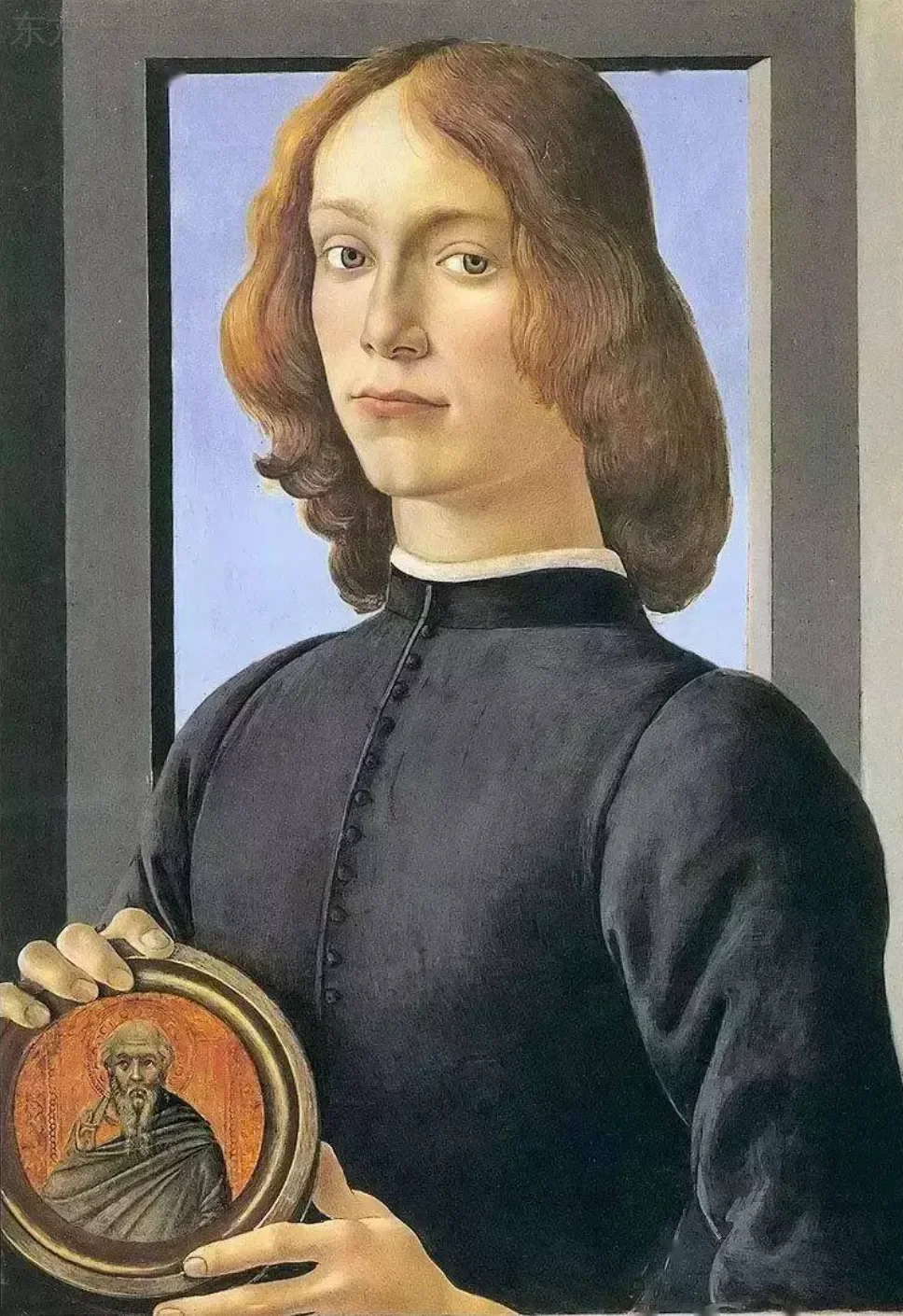
桑德罗·波提切利
In Renaissance Florence, within the Medici family's private residence, a 3-meter tempera-on-wood painting awaits its first viewer. As the silk curtain parts, nine ancient Greek deities float in on springlight—this is Sandro Botticelli's eternal myth Primavera, created in 1482.
More than 500 years later, as we stand in the Uffizi Gallery's hall gazing at this masterpiece, we still decode the subtlest artistic secrets of that golden age.
Primavera

Now housed in the Uffizi Gallery, Florence, Italy (203cm×314cm),Botticelli's Primavera captures an eternal spring in a light and graceful manner.As noted, "This technique in painting is what music is to speech."
The composition breaks conventions: figures are set in a citrus grove with Venus, the goddess of love, at the center. Above her hovers her blindfolded son Cupid. To the right, the wind god Zephyrus chases the nymph Chloris (goddess of the earth or spring), who transforms into Flora, the goddess of flowers—a classic Greek myth. To Venus' left stand the Three Graces, and at the far left, Mercury, the messenger god, holds his caduceus.

The Thematic Origin of Primavera
The work draws inspiration from the allegorical poetry of the renowned poet Poliziano. Set in an early spring morning, the scene unfolds in an elegant orchard where Venus, the goddess of love and beauty, stands at the center, exuding regal charm as she awaits the grand ceremony of spring’s arrival.
To her right, the enchanting Three Graces dance hand-in-hand in gossamer , bathed in sunlight:Beauty sparkles with earthly jewels; Youth turns bashfully away; Happiness twists her waist merrily. Together, they symbolize the joy of life bestowed upon humanity. Beside them, Mercury, the messenger of the gods, clad in red and armed with a sword, waves his caduceus to dispel the clouds of winter.

The Creation of Primavera
In terms of painting techniques, Spring did not adopt the oil painting techniques that were popular in Flanders at the time, but instead used the traditional egg tempera technique.The ornate decorative effects in the painting are thus even more pronounced. Since the egg tempera dries to form a hard layer of transparent color, we can perceive an effect close to the purity and transparency of watercolor in this painting.
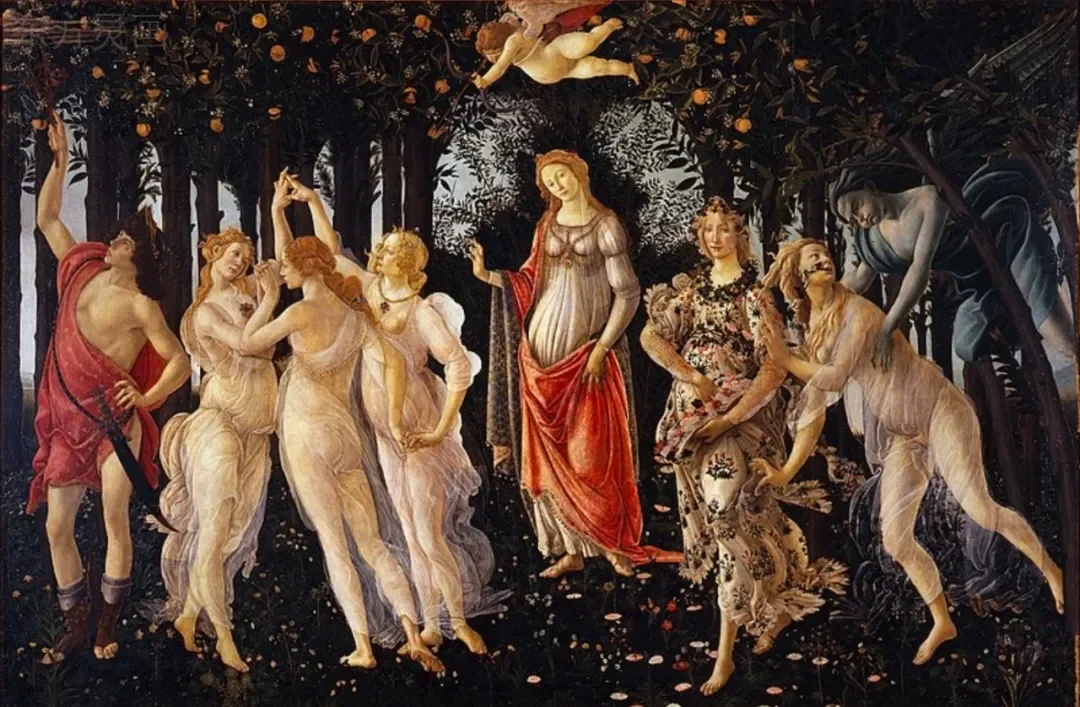
Botticelli's Spring has left an eternal artistic mark on Florence. Today, the torch of art continues to be passed down. From July to August this year, Mr. Wu Keyang will hold a solo art exhibition in Florence for a month, interpreting the beauty of art from a unique perspective. We sincerely invite you to enjoy this artistic dialogue across time and space!
Appreciation of works
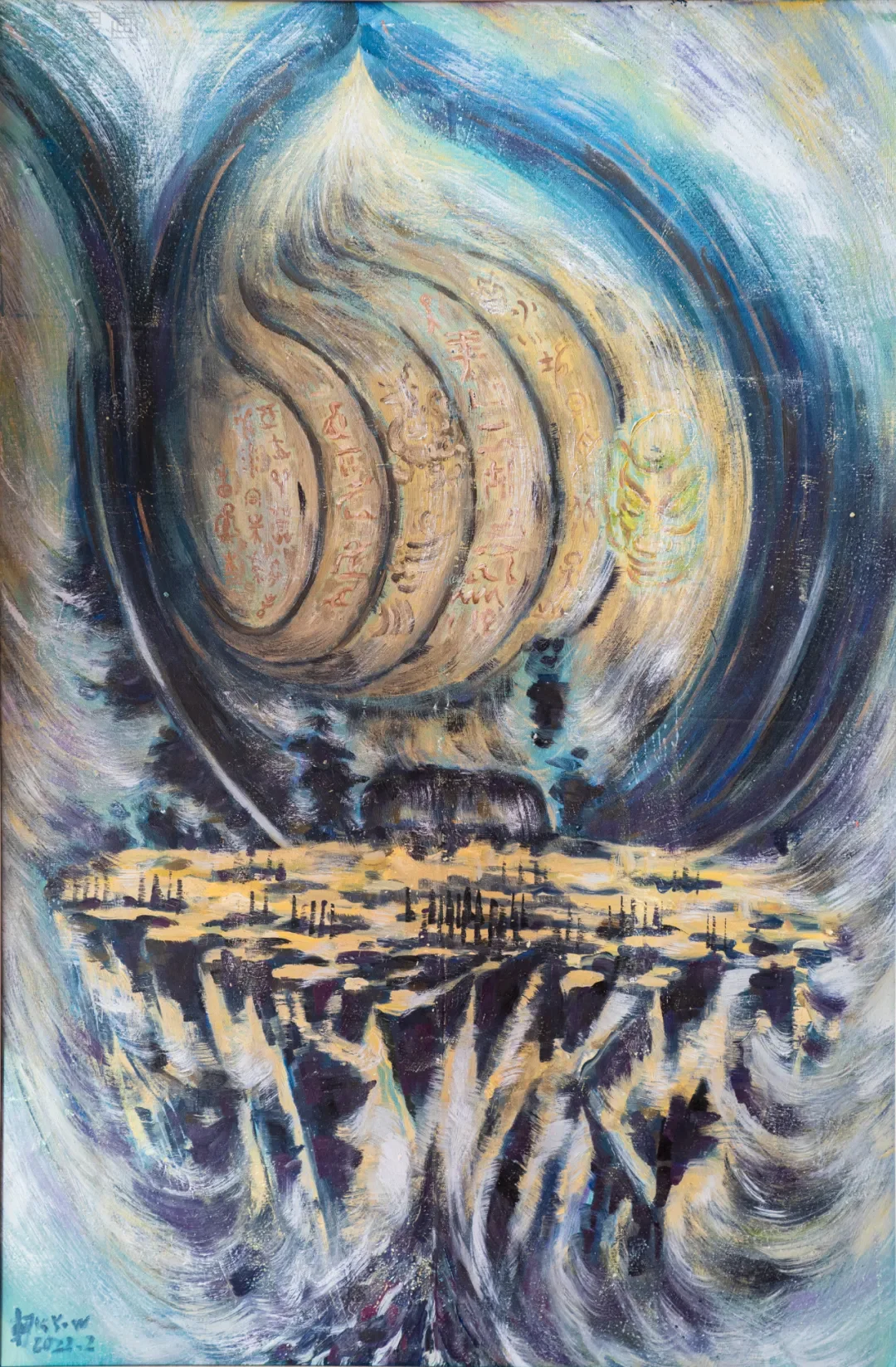
Material: oil painting on canvas
Specification: 120 cm × 90 cm
Creation date: 2023
(The work is currently in Italy)
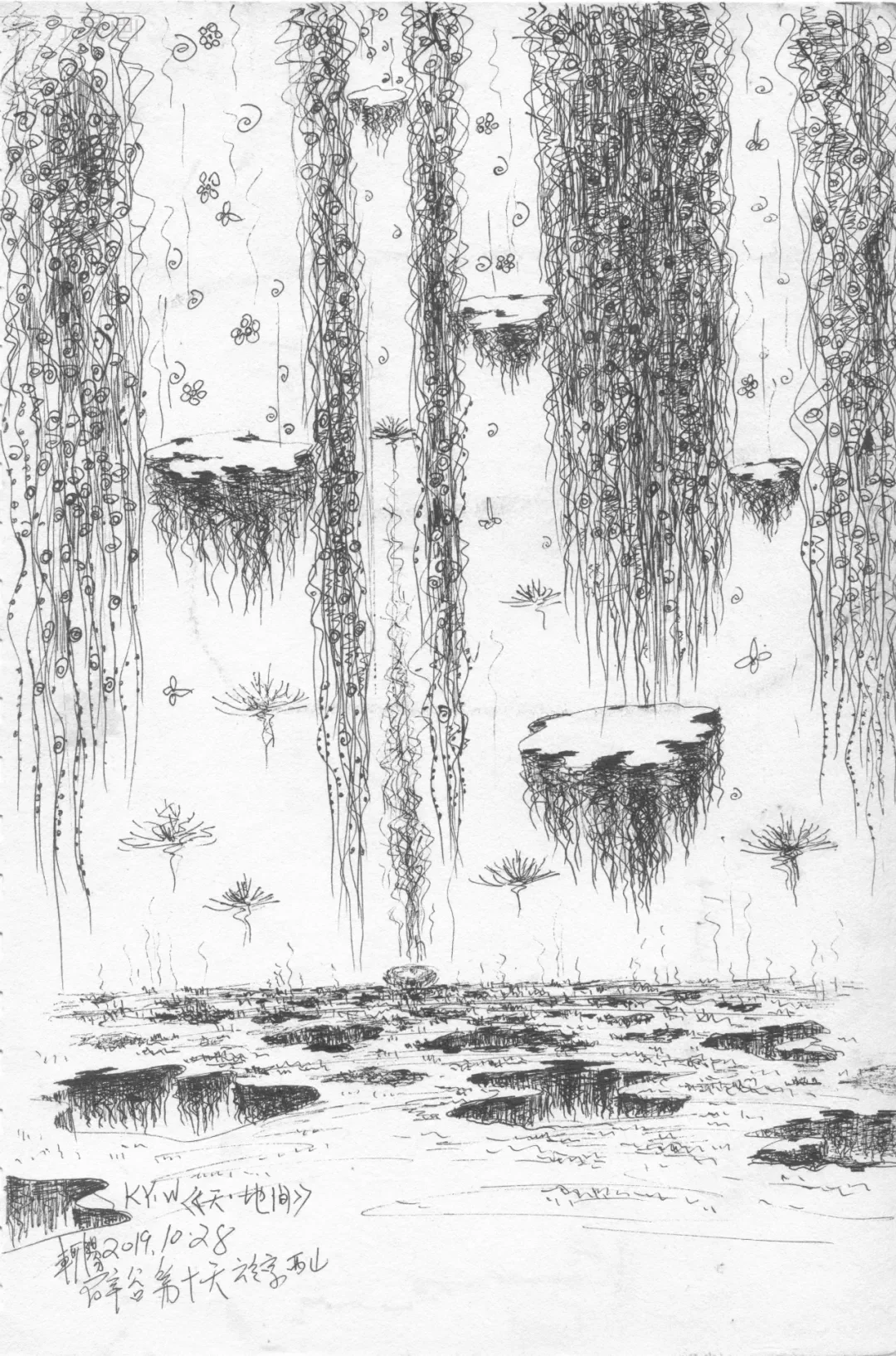
Material: pen sketch
Specification:29.5 cm×21 cm
Creation time: 2019
(The work is currently in Italy)
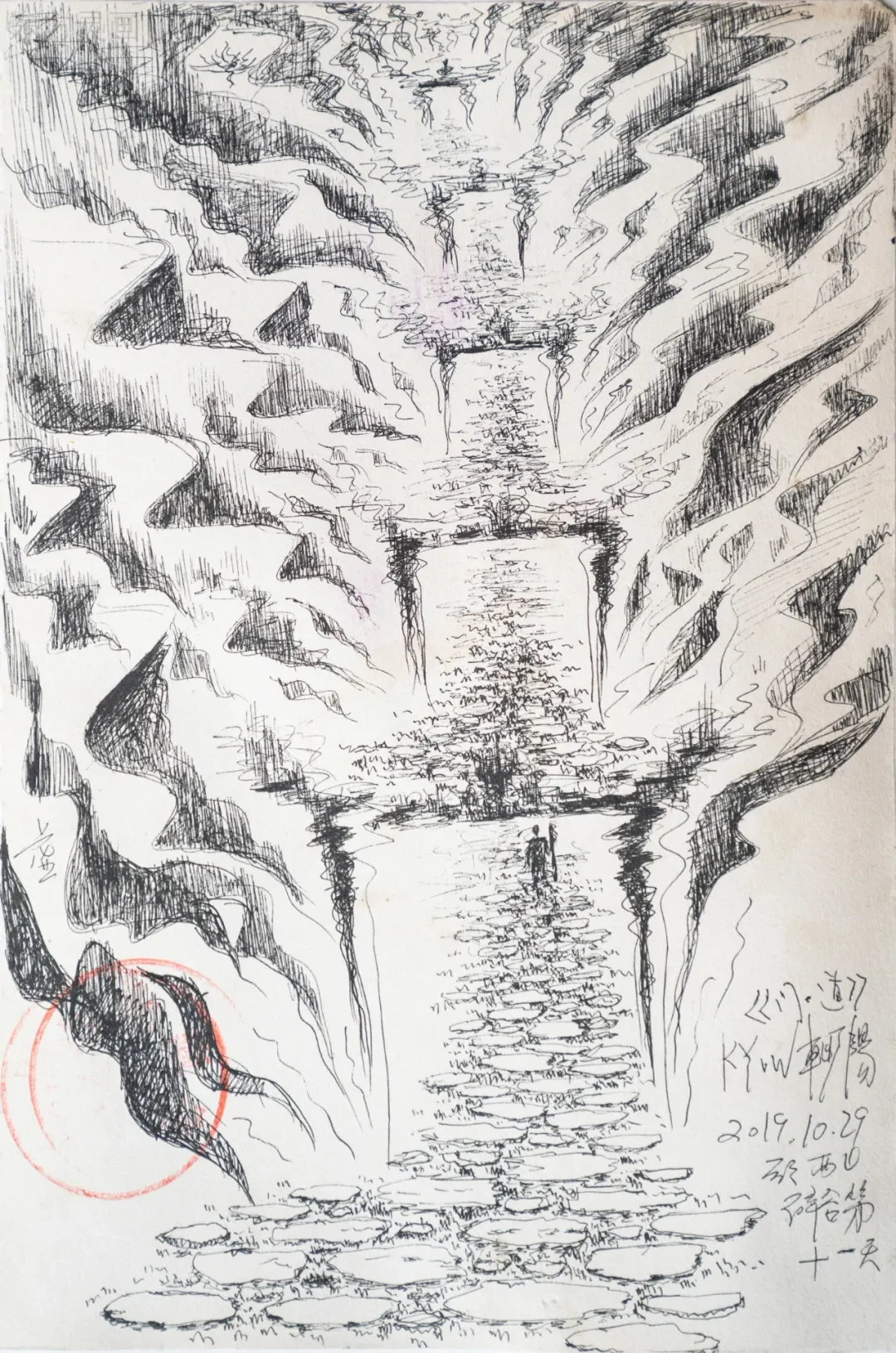
Material: pen sketch
Specification:29.5 cm×21 cm
Creation time: 2019
(The work is currently in Italy)

Leave a Reply